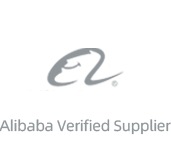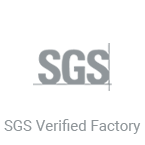Introduction to Hot Melt Adhesives
Hot melt adhesives (HMAs) are thermoplastic materials that are solid at room temperature but melt to a liquid state when heated. They are widely used across various industries for bonding substrates due to their rapid setting time, strong adhesion properties, and ease of application. The main components of hot melt adhesives typically include polymers, resins, additives, and fillers. These components determine the adhesive’s properties, such as bonding strength, viscosity, melting point, and durability.
Types of Hot Melt Adhesives
Hot melt adhesives can be classified based on their chemical composition, which influences their performance characteristics and suitability for different applications:
Ethylene-vinyl acetate (EVA) Hot Melts:
- EVA-based hot melts are the most common type. They are versatile, with good adhesion to a wide range of substrates including paper, cardboard, wood, and some plastics. EVA adhesives typically have a moderate melting point (around 150-180°C or 302-356°F) and exhibit good flexibility and peel strength.
- Applications: Packaging (carton sealing, case sealing), product assembly (automotive parts, electronics), woodworking, and footwear.
Polyolefin Hot Melts:
- These adhesives are based on polyethylene or polypropylene polymers. They offer excellent heat resistance and chemical resistance compared to EVA adhesives. Polyolefin hot melts have a higher melting point (around 180-220°C or 356-428°F) and are suitable for applications requiring greater durability and resistance to environmental factors.
- Applications: Automotive assembly (interior parts, headliners), furniture manufacturing, and some packaging applications.
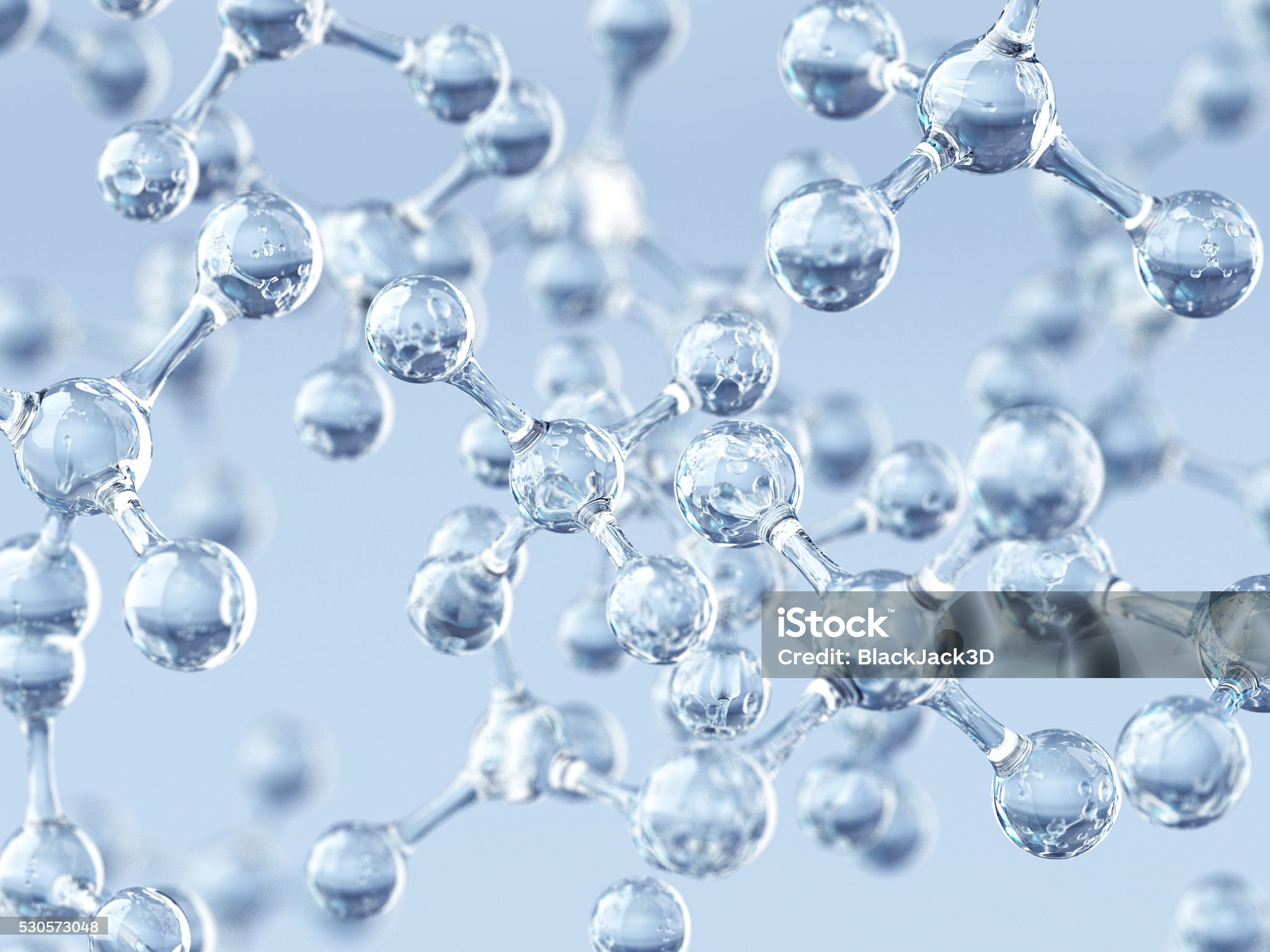
Polyamide (PA) Hot Melts:
- PA hot melts are based on polyamides, which provide exceptional heat resistance and mechanical strength. They have a higher melting point (above 200°C or 392°F) and are commonly used in applications requiring robust bonding under extreme conditions.
- Applications: Automotive manufacturing (under-the-hood components, interior trims), electrical applications (wire and cable insulation), and aerospace.
Pressure-Sensitive Hot Melts:
- These adhesives remain tacky at room temperature and are designed to form an instant bond upon contact with a substrate under light pressure. They are based on synthetic rubber or acrylic polymers and are commonly used in labels, tapes, and graphics applications.
- Applications: Packaging tapes, labels, medical dressings, and automotive trim attachments.
Polyurethane Hot Melts:
- Polyurethane-based hot melts offer excellent adhesion to difficult substrates such as plastics, metals, and composites. They provide high flexibility, impact resistance, and can withstand varying temperatures.
- Applications: Automotive assembly (bonding plastic components), footwear (sole attachment), and construction (panel bonding).
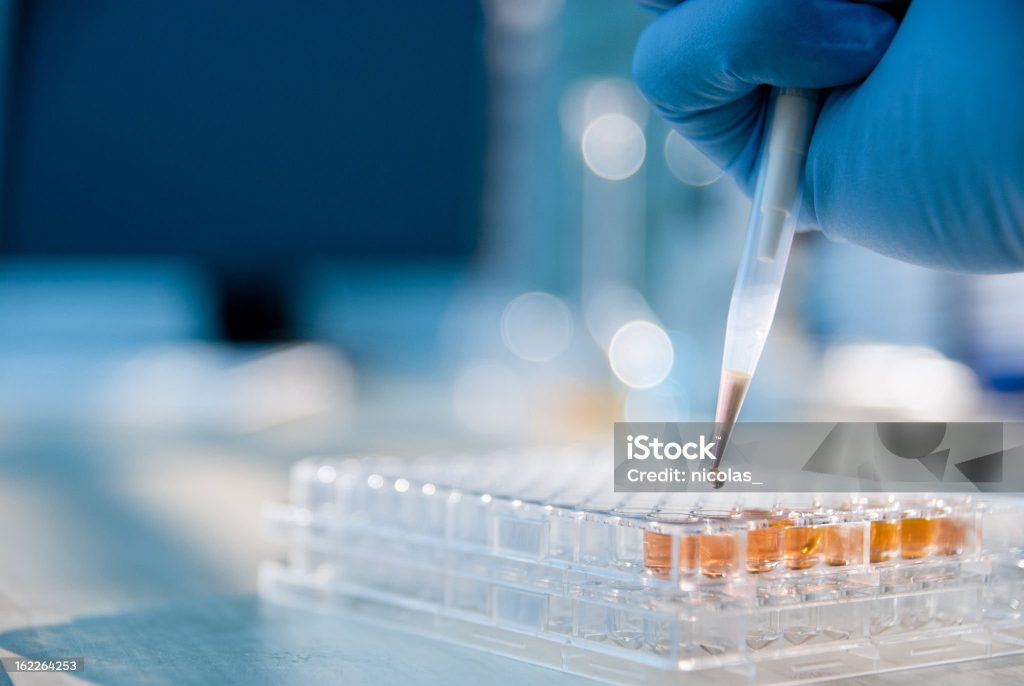
Advantages of Hot Melt Adhesives
Hot melt adhesives are preferred over other types of adhesives for several reasons:
- Fast Setting Time:HMAs cool and solidify quickly after application, leading to efficient production processes.
- Strong Bonding:They provide strong adhesion to a wide range of substrates, ensuring durable bonds.
- Clean Application:HMAs are applied in a molten state without solvents, reducing mess and environmental concerns.
- Versatility:Different formulations cater to various substrates and performance requirements.
- Cost-Effectiveness:HMAs can reduce labor costs and improve production efficiency due to their fast application and curing times.
Relationship Between HMAs and HMA Films
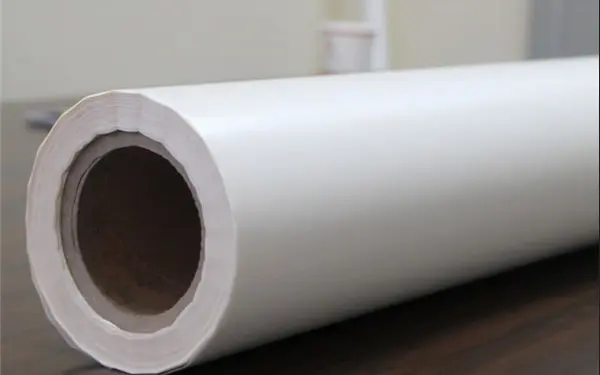
Considerations
When choosing between HMAs and HMA films for a specific application, several factors should be considered:
- Application Requirements:Evaluate the bonding surface, production speed, and desired adhesive properties (e.g., flexibility, heat resistance).
- Equipment and Process:Assess the availability of suitable equipment for applying HMAs or HMA films, considering factors such as production volume and automation requirements.
- Performance Specifications:Determine the required adhesive strength, durability, and environmental resistance to ensure compatibility with application conditions.
Now that we have a thorough understanding of hot melt adhesive, if you are in need of hot melt adhesive products but are unsure of where to purchase them, you can reach out to our company——Alster Industry, your trusted partner in adhesive solutions. We are here to assist you with your specific requirements. Alster specializes in producing high-quality, eco-friendly tape for fabric products, committed to providing excellent service and solutions to our customers. And offers a comprehensive range of hot melt adhesive films suitable for various applications, ensuring you find the perfect match for your needs.
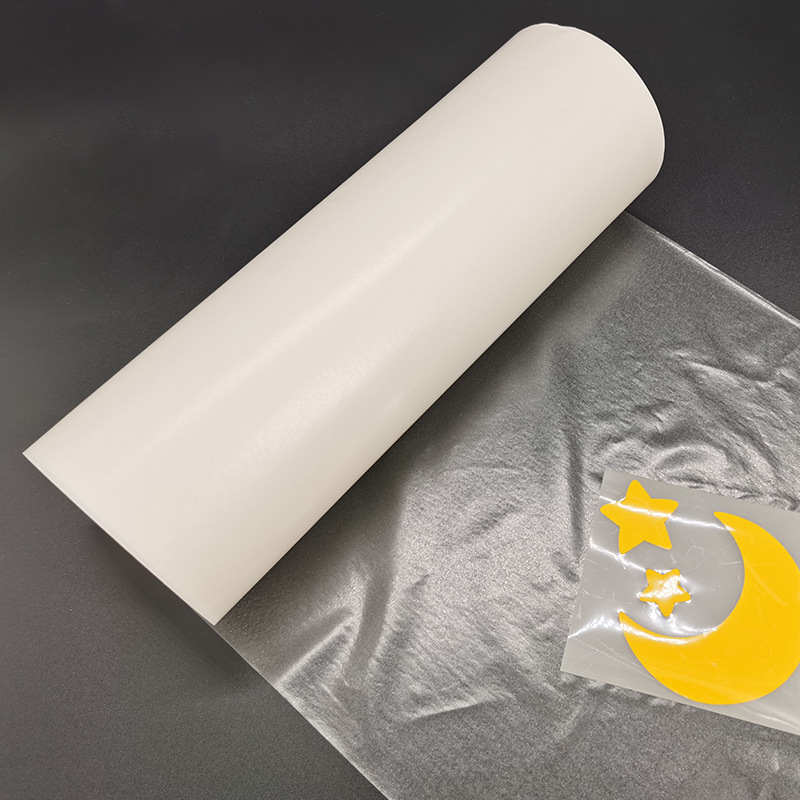
Conclusion
Hot melt adhesives play a crucial role in modern manufacturing and assembly processes across a wide range of industries. Their versatility, strong bonding properties, and ease of application make them preferred over traditional adhesives in many applications. As technology advances, the development of new formulations and applications for hot melt adhesives continues to expand, addressing evolving industry needs for efficiency, performance, and environmental sustainability. Understanding the different types, applications, advantages, and considerations of hot melt adhesives is essential for selecting the right adhesive for specific manufacturing and product assembly requirements.





